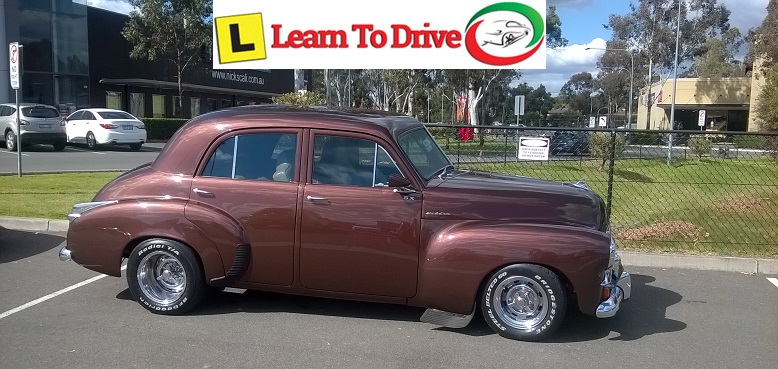Defensive Driving
Defensive driving or low risk driving goes beyond simply knowing the road rules and having a good driving technique. There are many things you need to learn before you can develop safe driving techniques. For instance you need to know the road rules and have a good driving technique. Because you need to know what to do and be able to do it. Then when you have developed these basic skills you can advance to defensive driving. Which will help you to minimize your risks of becoming involved in a motor vehicle accident.

Most people like to think of themselves as being good drivers. Unfortunately a lot of people think they are good drivers because they know the road rules. Or because they have mastered a particular driving technique like reverse parking. Too many of these people then proceed to take more risks like speeding or tailgating other cars. They convince themselves that they are a good driver therefore it is safe for them to take these extra risks.
As a driver you will have to deal with the dangers created by other road users. The fact is some drivers on the road do things that are very dangerous. Research shows that learning good driving techniques significantly reduces the risk of being involved in a motor vehicle accident.
What is Defensive Driving
The goal of defensive driving is to reduce the risk of collision. By anticipating potentially hazardous situations or adverse driving conditions you can avoid accidents. The Roads and Maritime Services NSW refers to this as low risk driving. The driving test is a hazard perception test. You will be required to demonstrate low risk driving techniques during the driving test.

There are many defensive driving techniques that you can use to reduce the risks of becoming involved in a motor vehicle accident. At Learn to drive you will learn defensive driving techniques including
- Attitude: Your attitude and feelings have a significant impact on your driving. By learning and thinking about driver safety you will be able to manage your attitude.
- Vision: By learning the correct scanning techniques you can identify hazards sooner. This will give you ,more time to respond to dangerous situations.
- Hazard perception is very important. You need to identify hazardous situations before you can react to them. Many people do not recognize speeding as being hazardous. Yet speed is a contributing factor in 40% of FATAL accidents in NSW.
- Planning ahead allows you to have an escape route. This will help you avoid accidents
- Buffering or maintaining a safety cushion gives you time to react in the event of an emergency

